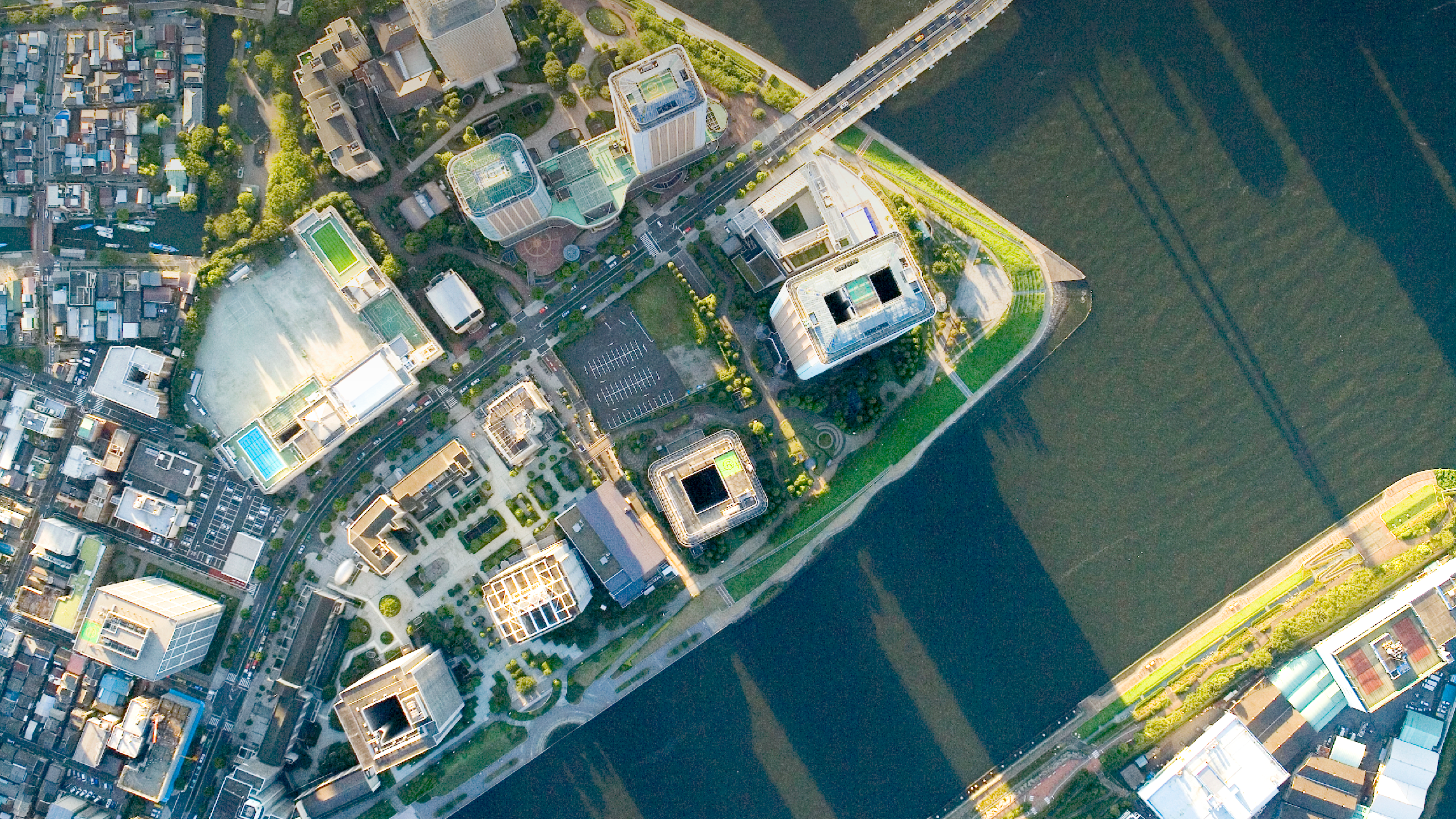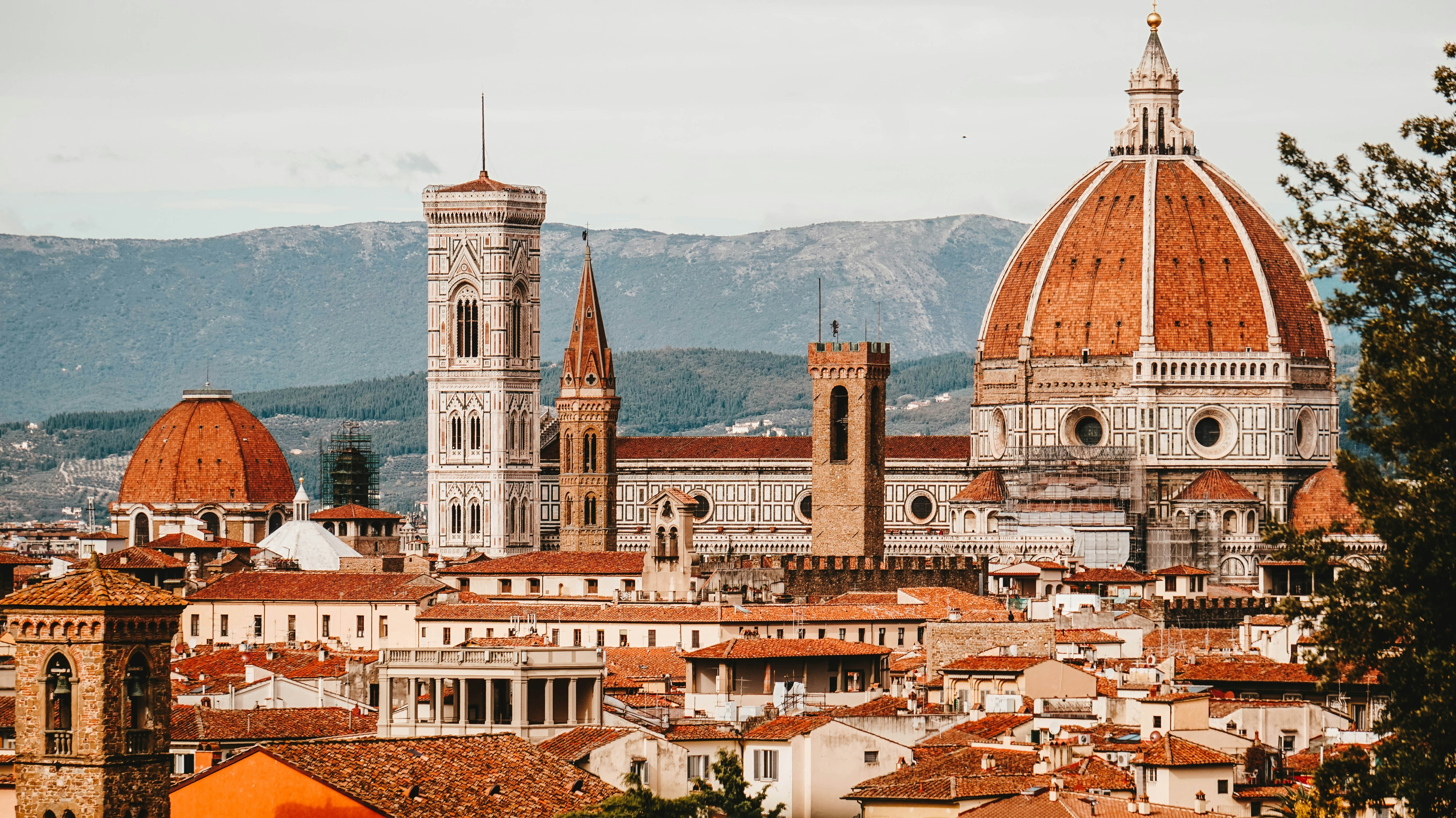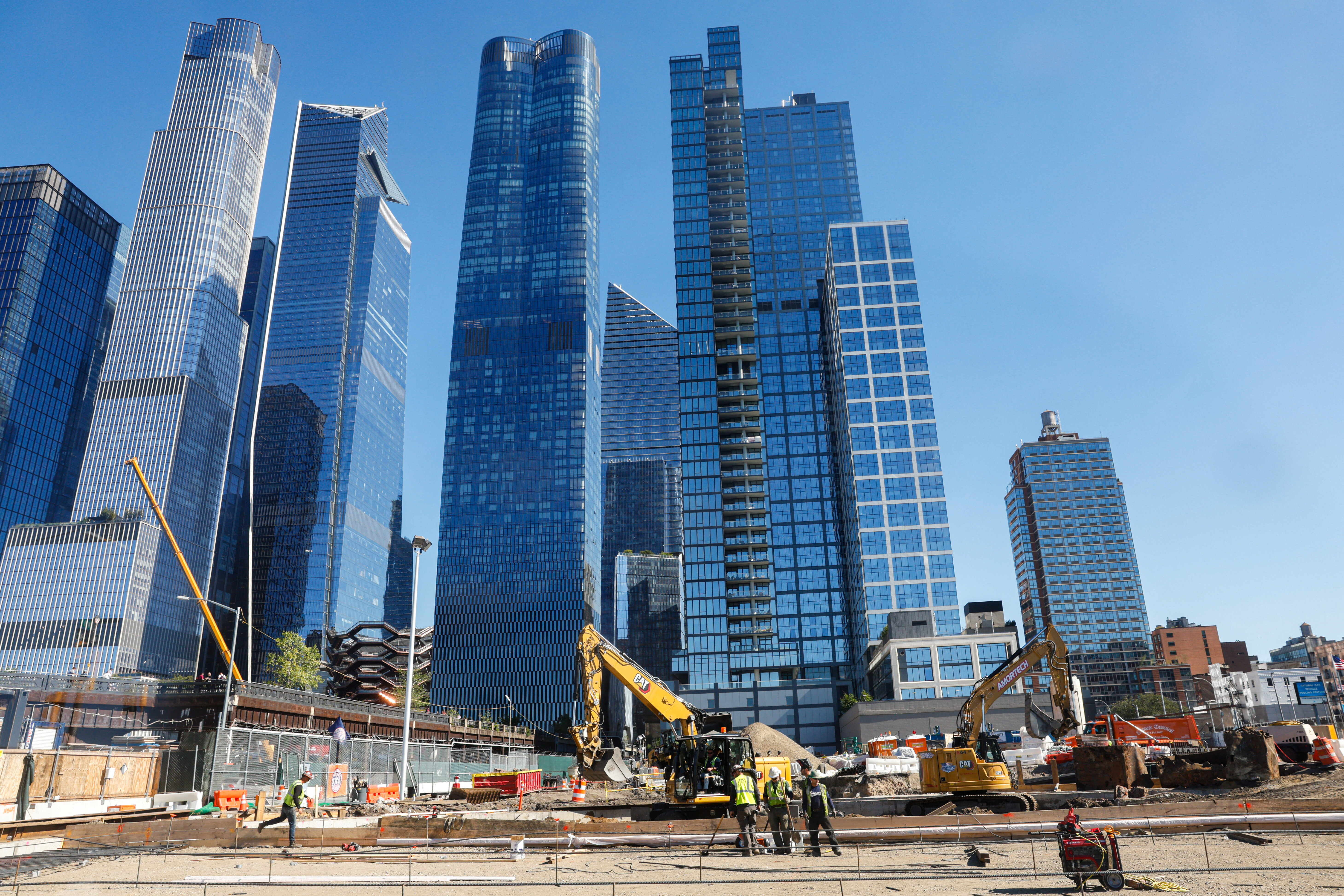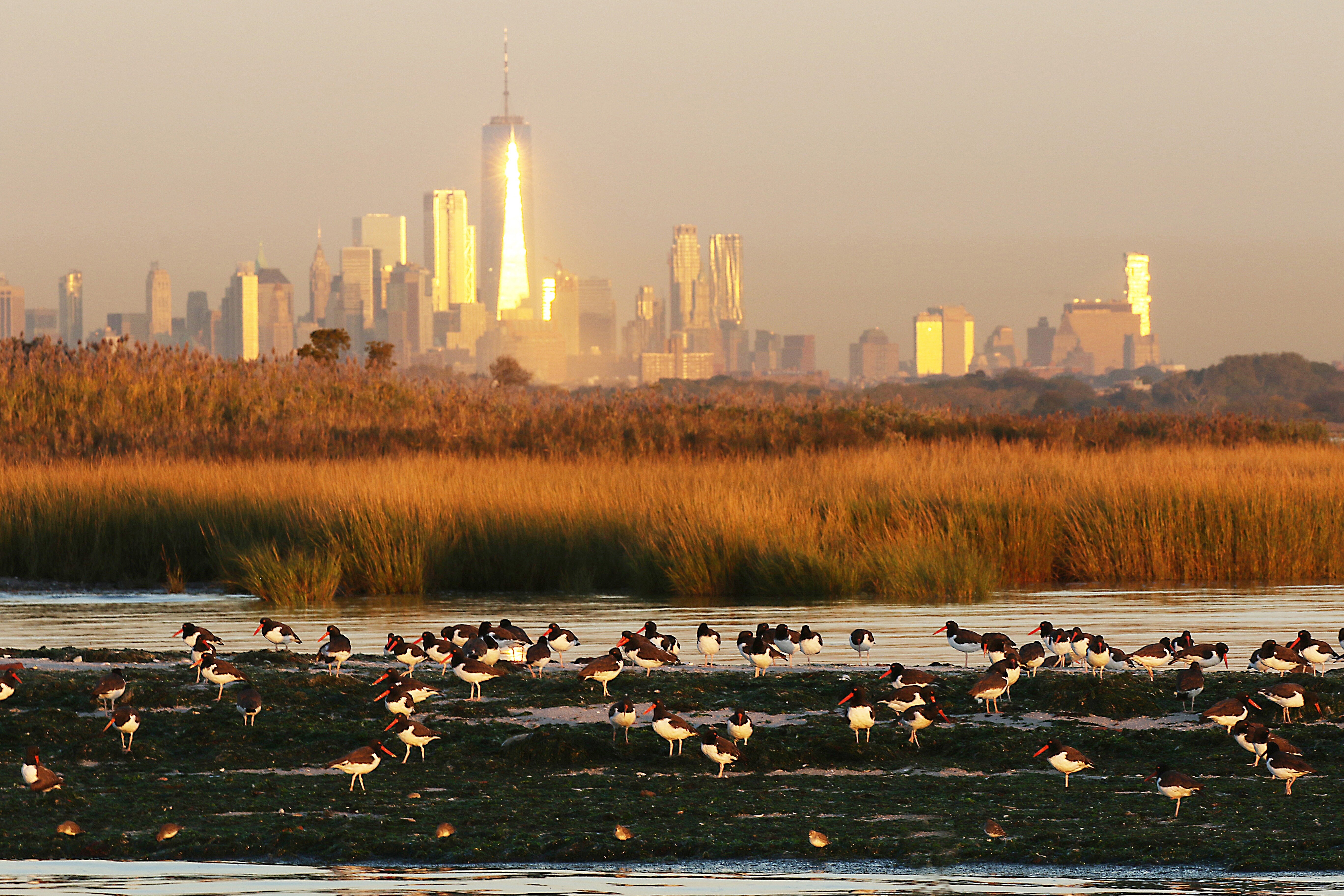These are the 10 busiest metros in the world

Asia is home to 7 of the top 10 busiest metros. Image: REUTERS/Gleb Garanich
In news that will probably come as no surprise to commuters who brave Tokyo’s rush-hour crush, Japan’s capital city has the busiest metro system in the world.
In fact, Asia is home to seven of the top 10 busiest metros, according to figures from UITP (Union Internationale des Transports Publics), a non-profit organization that promotes public transport worldwide.

For its latest Statistics Brief on metro systems, UITP has amassed data on the world’s metro systems including ridership, number of lines, network length, numbers of stations and fleet size.
Since the previous ranking in 2015, New Delhi has joined the top 10 busiest metros, and Paris has dropped off the list.
Beijing, Shanghai, Seoul, Guangzhou and Mexico City have all moved down, while Moscow has climbed up to number two.
London, which has the fourth most extensive metro system in the world, doesn’t feature in the top 10.
Rising and falling ridership
In 2017, an average of 168 million passengers per day rode metros in 178 cities around the world, according to the UITP data.
Between 2012 and 2017, annual metro ridership increased globally by 19.5%, with the biggest growth in the Middle East and North Africa region (+58%), followed by Asia (+28%) and Latin America (+20%).
North America and Europe recorded a more modest 10% rise, while Eurasia experienced a 3% decline.
But the North American data disguises some complexities. Canadian and New York City metros experienced significant growth, while ridership of other US metros decreased.
In the US, the number of journeys on every kind of public transport has fallen in each of the past three years. Even New Yorkers are making fewer trips on public transport.
The Economist reports that falling use of buses, subways, commuter trains and trams in the US is part of a broader decline in other rich countries, which has coincided with the rise of new modes of urban transport such as Uber, bike sharing, electric bikes and scooters.
Asia’s metro boom
In Asia, where 75 new metros have opened since 2000, governments have been rushing to build public transport infrastructure as they grapple with traffic congestion and air pollution.

Though China is starting to rein in its infrastructure drive, a decade-long metro-building boom, with projects in around 50 cities, has massively expanded the country’s urban transit system.
In 2017, the growth of metro systems in Chinese cities was the largest single contributor to new kilometres of transit in the world, according to the New York-based Institute for Transportation and Development Policy.
The UITP report says metros will play a crucial role in mobility as societies become more urbanized.
By 2050, two-thirds of people will be living in cities, and China, India and Nigeria will account for more than one-third of the projected growth in the world’s urban population.
Today Tokyo, with 37 million people, is the world’s most populous city, and other mega-cities such as Delhi and Jakarta are growing at a much faster pace.
Don't miss any update on this topic
Create a free account and access your personalized content collection with our latest publications and analyses.
License and Republishing
World Economic Forum articles may be republished in accordance with the Creative Commons Attribution-NonCommercial-NoDerivatives 4.0 International Public License, and in accordance with our Terms of Use.
The views expressed in this article are those of the author alone and not the World Economic Forum.
Stay up to date:
Technological Transformation
Related topics:
Forum Stories newsletter
Bringing you weekly curated insights and analysis on the global issues that matter.







